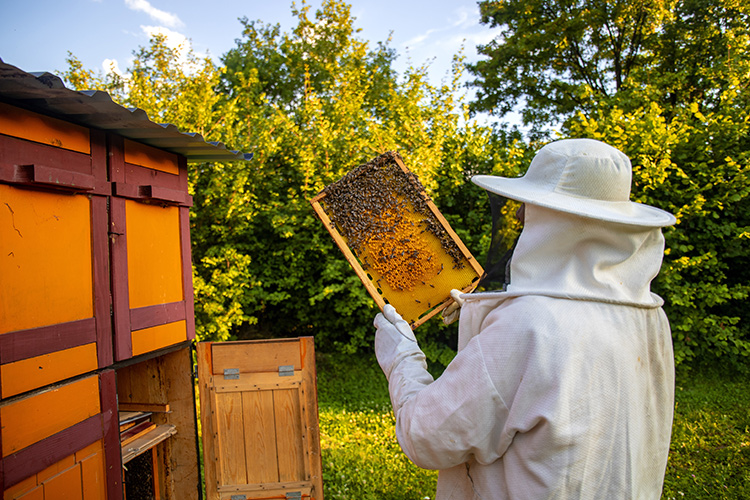
Project Objective
This project aims to reduce hive activity-related issues, disease, and theft risks while providing beekeepers with more effective tools to monitor and manage their hives. Using smart sensors, hive weight, movement, and closure status are tracked, allowing problems to be detected and alerts sent to beekeepers.
Problem Area
The project addresses major issues in beekeeping, such as hive activity irregularities, disease, and theft, aiming to help beekeepers manage hives efficiently and minimize losses.
Social, Economic, and Environmental Impacts
Social Impact: Beekeepers gain better information about their hives, enhancing productivity and enabling healthier beekeeping practices.
Economic Impact: Early detection and resolution of problems can increase income and reduce operational costs for beekeepers.
Environmental Impact: Efficient hive management contributes to ecological balance and supports bee populations.
Solution Strategy
Hives equipped with smart sensors continuously monitor hive activity, weight, and closure status, transmitting data to a central system for analysis.
When a problem is detected, alerts are sent to beekeepers, and in the case of theft risk, a signal is sent to the central system.
Differentiation of the Solution
The use of smart sensor technology provides beekeepers with real-time, comprehensive insights about their hives.
Early detection of issues and theft alerts offer a more efficient and rapid solution compared to traditional methods.
SDG Impacts
Good Health and Well-being: Smart sensors provide information about hive health, supporting better welfare and management.
Sustainable Cities and Communities: Efficient beekeeping management can improve the quality of life in rural communities.
Target Objective
The project aims to help beekeepers effectively manage critical issues such as hive activity irregularities, disease, and theft risks.
Project Activities and Promotion
Design, development, and prototyping of smart sensors.
Integration of sensors into hives and connection to a central monitoring system.
Promotion through participation in agricultural and beekeeping sector events.
Sharing success stories via media and digital platforms.
Sustainability Goals
Long-term use is ensured through low-energy, durable sensor design.
Efforts to scale the technology and make it accessible to farmers.
Business Model
The business model can focus on the production, sale, and service provision of smart sensors.
